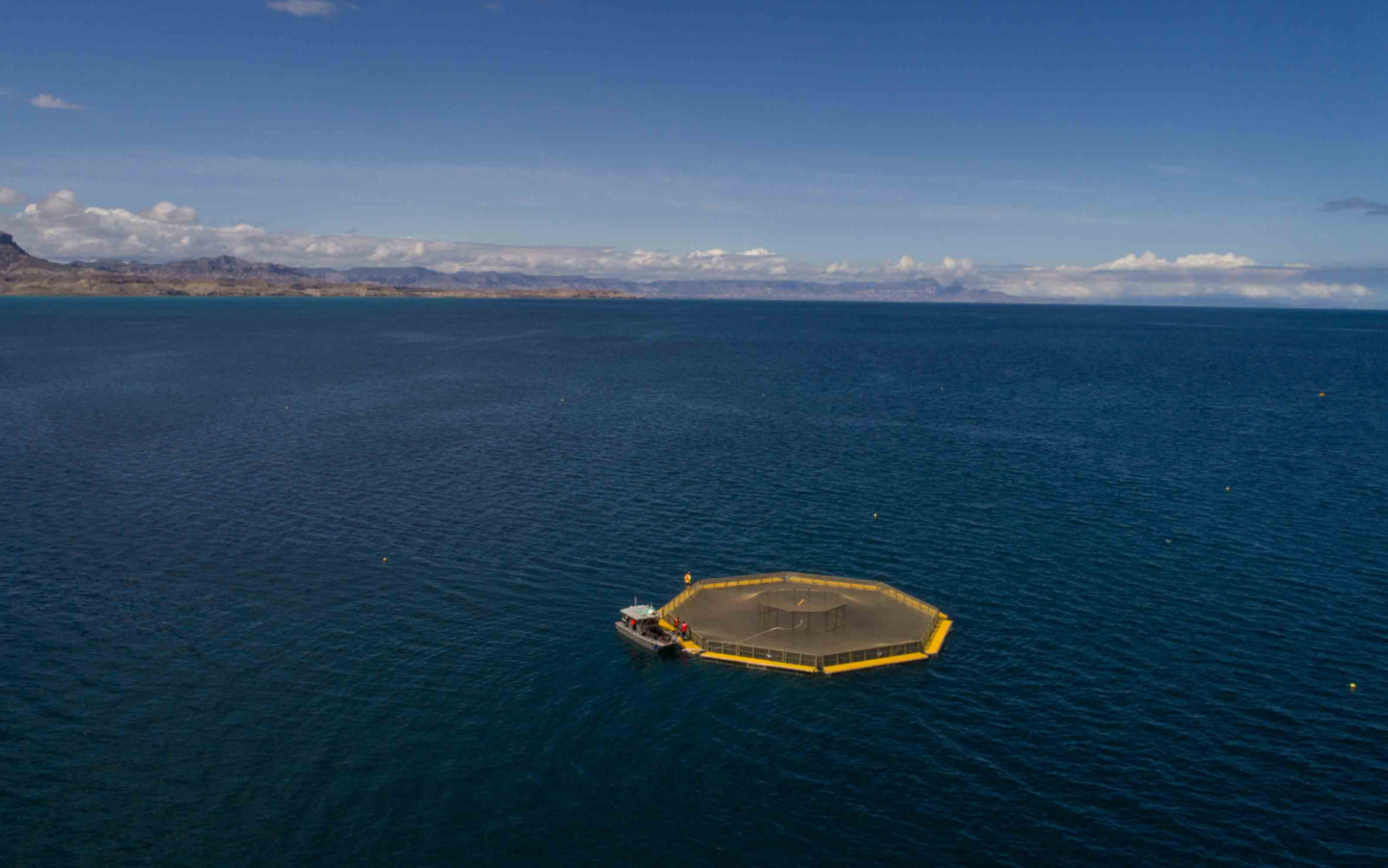
Aquaculture Industry Gains Traction in Washington with New Interagency Blueprint Underway
A key group of federal agencies is working on a new blueprint for aquaculture in the United States, the latest sign the fish farming industry is making progress with previously reluctant regulators and lawmakers in Washington D.C.
The interagency Subcommittee on Aquaculture says its Strategic Plan for Aquaculture Economic Development is aimed at growing the industry under existing federal policies. The final document will also help inform a long overdue update to the National Aquaculture Development Plan, which came out way back in 1983.
“The overarching vision is to create a robust, resilient and environmentally sustainable domestic aquaculture sector,” the subcommittee says in the plan’s introduction.
The group – which includes representatives from numerous agencies, including the National Oceanic and Atmospheric Administration, the Environmental Protection Agency and the Army Corps of Engineers – has drafted a six-page outline for the plan and is accepting public comment through April 1.
The draft outline comes one month after the release of the National Strategic Plan for Aquaculture Research, which identifies areas of research and technology development that will help the U.S. aquaculture industry grow responsibly.
“Expanding U.S. aquaculture will diversify and complement our well-managed fisheries and terrestrial food production systems by adding an important underdeveloped sector to enhance the resiliency of the overall U.S. food supply,” that report said. “Done responsibly and in accordance with U.S. laws, aquaculture is good for people, good for the economy and good for the planet.”
Growing Appetite for Aquaculture
There seems to be growing interest in fish farming as people discover that more than 80 percent of the seafood Americans eat each year is imported. The COVID-19 pandemic and subsequent supply chain problems further highlighted this significant trade deficit and the need to for the U.S. to bolster its seafood production.
But the reality is that simply can’t happen without aquaculture.
“Now more than ever, the expansion of U.S. seafood production through sustainable aquaculture practices represents infinite opportunity for the United States that supports economic development and job creation, provides for a secure domestic food supply and sets the global standard for sustainable environmental practices,” said Sarah Brenholt, campaign manager for Stronger America Through Seafood.
Support from the White House
The recent traction in Washington continues a string of positive developments for the U.S. aquaculture industry over the last two years.
It started in 2020 when the Trump Administration issued an executive order aimed at “removing outdated and unnecessarily burdensome regulations” that have long hampered aquaculture in the United States. That order called for a number of steps, including making NOAA the lead agency for aquaculture projects in federal waters and requiring environmental reviews to be completed within two years.
Many were wondering if the Biden Administration would repeal that order, but that hasn’t happened.
Instead NOAA last fall identified 19 areas in the Gulf of Mexico and the Southern California Bight that have strong potential as Aquaculture Opportunity Areas – locations that can support sustainable commercial aquaculture operations.
The sites were chosen after a detailed analysis looked at more than 200 factors in those two areas, from environmental and economic concerns to social and cultural considerations.
“The efforts of NOAA to support the best aquaculture science available is incredible,” said Brenholt.
Momentum in Congress
On the legislative front, meanwhile, the bi-partisan AQUAA Act has been refiled in both the House and Senate. Its goal is to cut through the confusing and intimidating federal regulatory process for aquaculture projects, which is currently guided by at least 19 different federal laws and involves nearly a dozen U.S. agencies.
The AQUAA act would:
- Establish national standards to guide the development of offshore aquaculture.
- Make NOAA the lead regulatory agency for federal review.
- Institute a clear permitting process that maintains existing environmental safeguards.
“If we want to grow the aquaculture industry in the United States, we need common sense reforms to the federal regulatory process – and the AQUAA Act does that,” says Innovasea CEO David Kelly. “Otherwise we’re going to have to continue to depend on other countries to supply us with seafood, which presents serious threats to our food security, food safety and the global environment.”
Comments on the Strategic Plan for Aquaculture Economic Development can be sent to AquacultureEcoDev@usda.gov.
About the Author
Nicole Collins is the Vice President of Marketing at Innovasea and leads market strategy, go-to-market and communications for the company. Nicole is an animal and nature lover who lives on the ocean north of Boston. She’s passionate about Innovasea’s mission and excited to share her experience and insights on the Innovasea blog.

Ready to take the plunge?
Contact Innovasea today to find out how our aquaculture and fish tracking experts can help with your next project.
